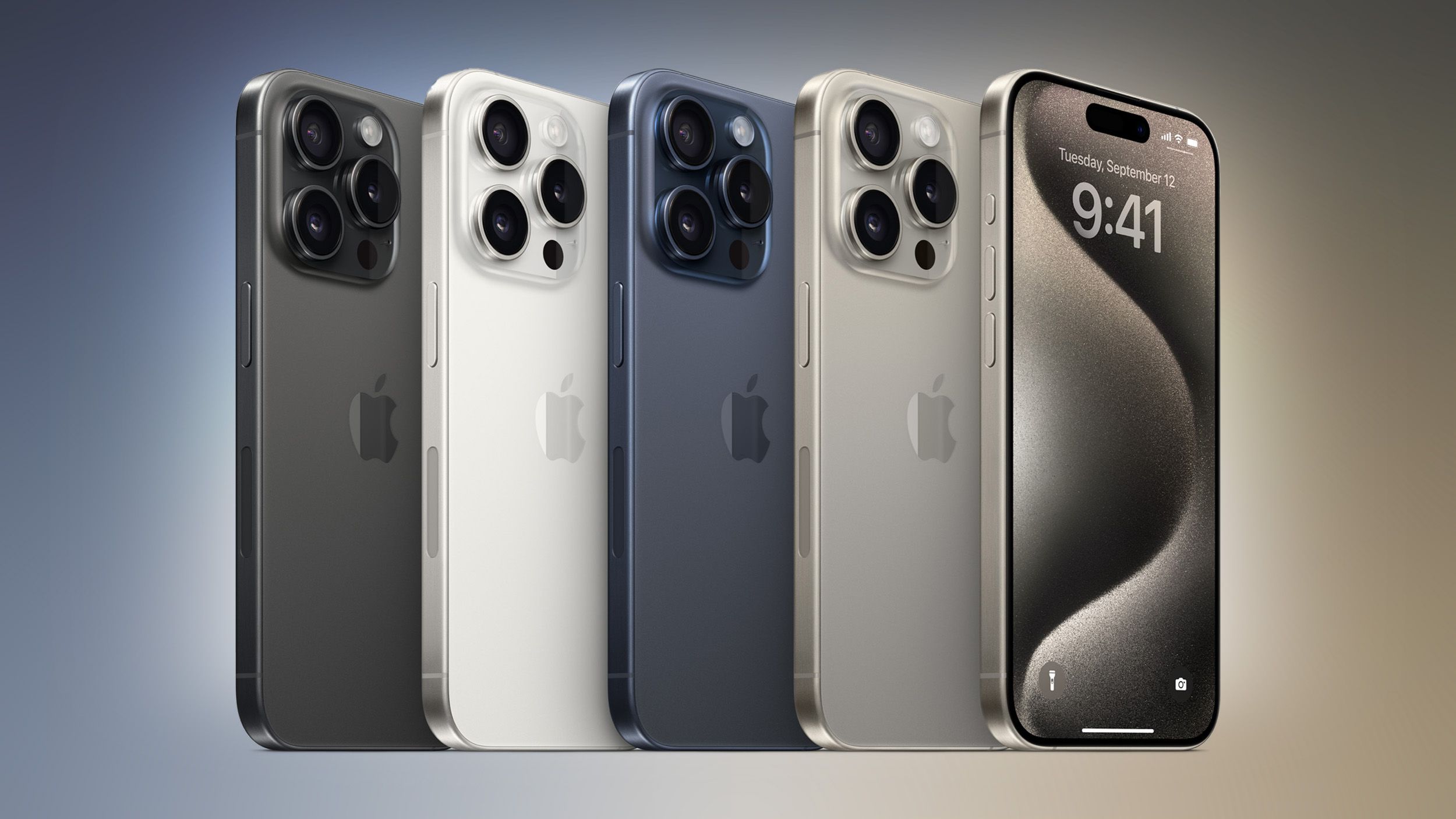I limit my laptop battery charge to 80% with a third party software tool. Laptops can generally bypass the battery and directly power themselves from the wall.
Does this new 80% battery limit setting imply that the new iPhones are able to do the same? Implication would be less battery wear while docked on a desk/in a car or due to long “AAA” gaming sessions, since it will draw power direct from the wall rather than using the battery as a middleman.



When you plug your phone in you are already “bypassing” the battery. It’s just how batteries work, they can’t be powering a device while being charged at the same time since the current can only go one way at a time. Batteries can’t charge and discharge simultaneously. So what happens when you plug your phone into power is that the Power management circuit directly powers the phone and excess power charges the battery.
It’s just a software decision only the people in charge at Apple know why they would limit this to new models.
You’re right that batteries can’t be both in a “charging” and “discharging” state at the same time. However, a workload drawing 1 A from a battery and a charger supplying 2 A leads to net gain of 1 A, aka “charging”.
It isn’t both charging and discharging, it’s just in a state of charging, despite the workload it’s performing. Likewise, the battery can provide 2 A while only being charged 1 A, leading to a state of discharging.
So, a battery can totally power a device while simultaneously being charged, which I believe is how iPhones currently operate. The battery is always in the power path. Willing to be wrong, that’s just my current understanding.
The battery is not always in the power path. I thought that was how it worked for a long time but got clarification from a writer at anandtech who used to do SoC deep dives. When plugged in the iPhone is directly powered by the wall adapter, excess goes into the battery.